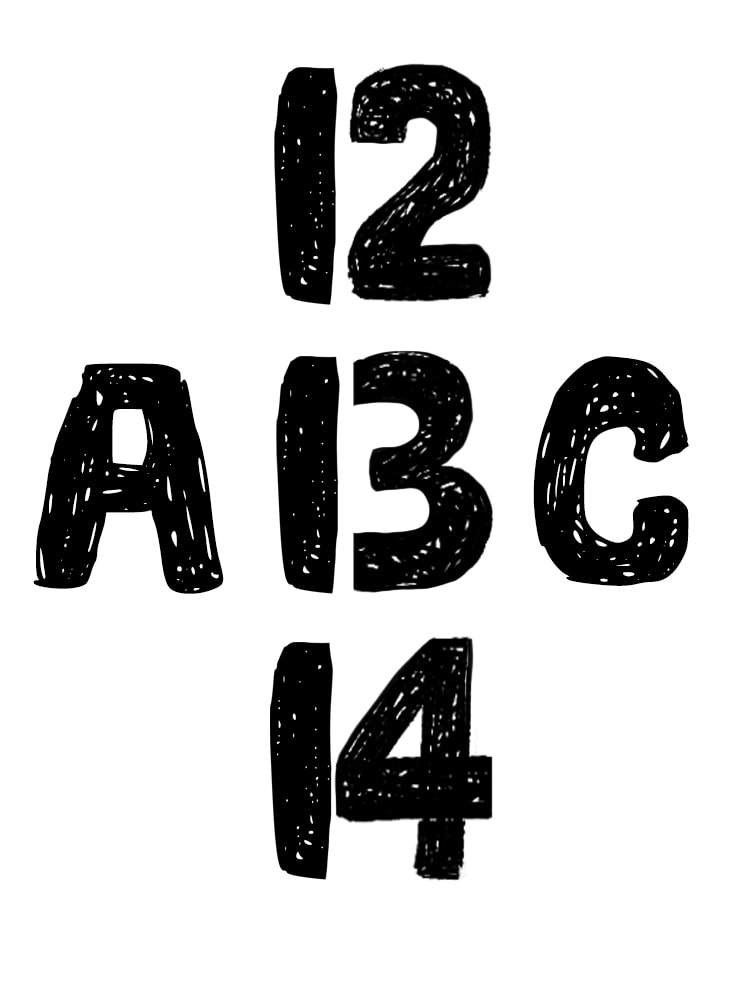Bottom-up Processing is a kind of information processing in which stimuli are understood or interpreted starting with the smallest details and progressing to more complex concepts. This is in contrast to top-down processing which involves creating an overall impression and seeking evidence to support the notion. Visually processing a street within a city may initially form an impression that it’s chaotic, noisy and overcrowded. To confirm the idea, they may then search for specific signs of this, like individuals pushing through the crowds or noise coming from nearby cars.

Bottom-up processing is more dependent on data, analytical and is extensively researched in connection with cognitive tasks like memory and perception. However, it can also be a significant factor in other aspects of our lives like the process of making decisions or in creative pursuits such as design or art. When used strategically and appropriately it can result in better problem solving and greater insights into complicated situations. Bottom-up Processing, despite the negative connotations it has in academic circles , can prove extremely beneficial for understanding our environment and our inner functioning.
The intricate brain lies central to our thinking of actions, choices and even decisions. These intricate brain processes play an a crucial role in all aspects of our lives including memory and intelligence to mood and behaviour. The brain’s function is affected by the bottom-up process. This is an extremely crucial mechanism. This is the way that information is processed at the level of the individual neurons or nerve cells and then via interconnected neural pathways that ultimately influence higher cognitive functions like perception and attention. The research has demonstrated that this process may have significant effects on the processes of memory and learning, but it may also hold great potential for treating illnesses ranging from schizophrenia to Alzheimer’s disease. By better understanding bottom-up processing and the mechanisms behind it can help us to unlock the mysteries behind brain function, paving the way for powerful new tools for neuroscience and health.
Bottom-up processing is how our brain processes information. Instead of top-down processing which is more concerned with incorporating expectations and previous knowledge into the learning process. Bottom-up processing is based on raw and new data. Bottom-up processing can be extremely beneficial for all learners. It focuses on the individual elements of learning, beginning with the basics of vocabulary and sound to more advanced concepts and ideas.
One of the benefits of processing bottom-up is that it allows us to look back and examine every element of information we encounter. This keeps us engaged and motivated to learn new concepts, improve existing ones, or recognize the potential for improvement. This method also assists us to discern how the various parts of information connect by logical chains or networks. In the end, by taking part in bottom-up processing we can improve our learning and better communicators overall.
For more information, click Bottom up processing